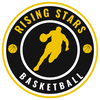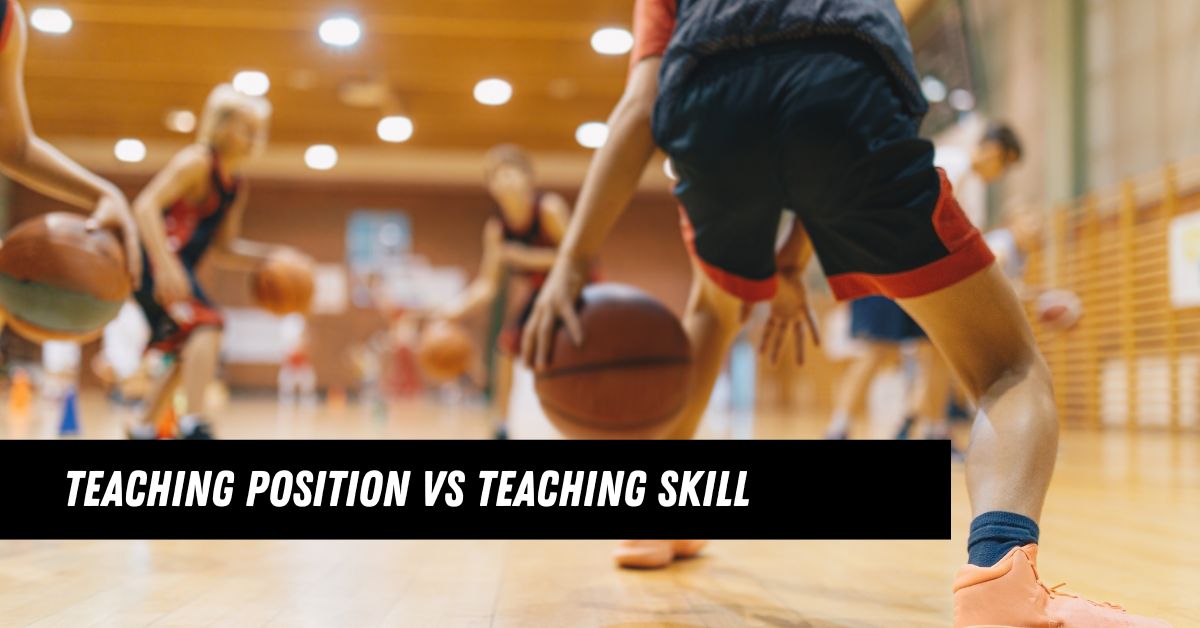Teaching Position vs Teaching SkillIn the 1980s and leading into the 2000s, the game had pre-set positions; guards, forwards and centers. In other programs they called positions; guards, wings and posts. Meanwhile, other programs looked at the player, versus the position.
Do you remember the days of Hakeem Olajowan, Shaquille O'Neal, David Robinson, Patrick Ewing, and even back to the ages of Wilt Chamberlain, Bill Russell and Kareem Abdul-Jabbar? These decades were dominated by the prototypical post player. The guards had one job; play defense, and run an offense. Off guards were expected to be able to hit open shots, and play defense. Meanwhile, the game was dominated with paint touches, and back-to-the-basket play. This type of play filtered down to collegiate ranks, high school, and even middle school programs across the country. Players wanted to be the next Shaq, Wilt, or Hakeem. Today - not so much. Teaching Position In programs across the United States, coaches are blowing the whistle to engage players in warm up drills, layups, and other activities to get players primed for team practice. Once warmed up, coaches branch players off into groups; Post Players and Guards. Post Players Post players are expected to perform drills on the block, or flash to the elbow for a catch, a duck-in motion, or even set a series of screens for shooters in the group identified as guards. Guards and Wings Guards and Wings are expected to be able to handle the basketball, make entry passes into the post, or sweep and attack a defender while getting to the rim. Additionally, they are taught to utilize screens within the motion of the offense. The Unity After a predetermined time, coach blows a whistle and the players come together to apply what they learned in their segregated position time slots. Post players set screens, and flash or post, guards rub tight off their screener, catch and square up. This is a coaching style still found around the United States, today. I keep mentioning the United States, because international play, does not follow this type of structure. The Challenge with Youth Basketball This works great with high school level teams, simply because we as coaches already know the potential of said players. We know that little Johnny isn't going to grow much more, can handle the ball well, and is quick off the first step. He will likely best succeed as a guard. We know Bobby is 6'5, a little slow, cannot handle the ball, and would benefit most by sticking around the rim. However, this does not encompass nor represent the rest of the United States and its players. Bobby may have been 4'4 in 5th grade, as well as Johnny. Johnny was put into the position of guard because he was quick and was continuously challenged to be quick, put into groups where ball handling drills were completed, and was groomed as a guard since 5th grade. Meanwhile, Bobby had the same exact potential, however, because he was a little slow, was stuck with the post players, and groomed as one since 5th grade. This is happening all over the United States as we read this. Little Johnny's and Bobby's are getting categorized by physical abilities, and placed into a system that is designed to function in the 1980s and 1990s. Teaching Skills Let's utilize the example of Little Johnny and Bobby for a minute. Coach blows his/her whistle. Run through some warm up drills, layups drills, and maybe some passing drills. Then, coach asks the assistant coach to take a group on the other end of the gym. Group A and Group B The two groups are going to perform the same exact drills. The series of drills include scoring at the rim. Each player will be asked to catch, sweep and attack the rim. After a specific amount of time, the coach adds a new element, a cross over, a jump stop, or pull back dribble. Both groups are performing this drill for the duration of time allotted for scoring at the rim. Additional drills may include flashing to the post, and filling an empty spot on the floor, while other places flash to the post, and fill. This drill continues until coach blows his/her whistle. The Unity The two groups come together, one playing defense and one playing offense. Both groups equally performed the same amount of repetitions, and can access both the perimeter, and the post. Each player has the same skill set to attack the basket, make a post entry pass, take an open shot, or reset the offense in the event of a breakdown. The Benefits for Youth Basketball This is something that is newly sweeping across the world, and most commonly known in the international team play. We are seeing this more commonly in the new players coming out of Europe. Euroleague focuses on player skill enhancement, whether you're 5'5 or 6'5. In youth basketball, each player is going to grow, and develop at their own pace. Equipping each player with the same skill set will allow each of them to naturally fall into a position that best fits their skill sets, versus matching their skill sets with a position. While developing skill sets, we're providing each player with an opportunity to advance on their own accord. If Bobby continually works on his ball handling, finishing and attacking the rim, he'll be a 6'5 player with tremendous talent, and potential to play at the next level. Little Johnny will still be the same great player but is now equipped with a teammate at 6'5 that can handle, shoot and pass just like a guard, creating a tremendous mismatch for any opposing teams. The Innovation of Skill-Enhanced Players If we look at today's players, we see a series of 6'5 players that can handle the basketball, shoot with range, and attack the rim with strength and finish with finesse. These players tend to be game changers and x-factors for our respective teams. In the NBA we look at players like Kevin Durant. Kevin Durant was a 6'9 high school guard that was the highest ranked recruit in the country who went on to play at Texas and lead the team to a national championship. He went on to be the #2 pick in 2007 as a 6'9 skilled player that could be just as effective on the perimeter as he could in the post. Another player is Anthony Davis, a 6'10 guard, the #1 ranked recruit in the country, went on to attend Kentucky and win a national championship and be the #1 pick in the 2012 draft. These players are not anomalies, they are in fact, the new wave of players emerging across the world. NBA legend, Chris Webber, and member of the Fab 5 Michigan Wolverines, states, "Players need to learn skills, the systems and positions will come. The stretch 4 is the most common player in the NBA, today, and can be the most influential player in determining success of a team. Those players that can defend positions 1-5, while running the break, hitting the open three and positing up their player are what will take a team from a spectator to a contender come tournament time." Conclusion Rising Stars Basketball is player-focused, ensuring that each player leaves the program every season more skilled, more confident, and more impactful to their team, teammates and fellow students. Our coaching philosophy revolves around empowering each player to be the best possible player while equipping them with the tools to be the best player they can possibly be. Off season programs are available to each player in the WORKOUTS & DRILLS page of this website. Please be patient while we continue to upload new programs for each player to utilize during the off season. |
Rising Stars BasketballAbout Us
2023 Registration Information
Skills Camps
Workouts & Drills
Tips & Articles
|
Areas ServedHayward Wisconsin
Lac Courte Oreilles Winter Wisconsin Bruce Wisconsin Hurley Wisconsin Birchwood Wisconsin Bayfield Wisconsin Ashland Wisconsin |
Rising Stars BasketballWisconsin AAU Basketball
Crossover Crew 3v3 Basketball League Skills Camps Tips & Articles Workouts & Drills Podcast |
Contact Us |
Rising Stars Basketball Club | 10767 Nyman Ave, Hayward Wisconsin | www.Rising-Stars.us | Powered by Superior Marketing

